Accelerating the Energy Transition by
Empowering innovators
We are a foundation that supports innovators on their efforts to accelerate the energy transition
Connections
We introduce you to the right people on the energy industry to boost your ideas to the next level
Opportunities
Access challenges from large organizations to form strategic alliances in the future
Know-How
We’ve been there! Get support on finance, leadership and tech by people who were in your situation
Funding
Build your first prototypes without spending your own money, fund the first stages of your project
What is RED?
The word RED means grid or network in Spanish. RED is a foundation that acts as a network for young innovators from different backgrounds who want to impact the energy transition with their projects.
We support projects that may want to join our RED by connecting them to the right people in the field, sharing our experiences and funding the first stages of their projects.
RED was created by alumni from the Eindhoven University of Technology, who after running their own project experienced the difficulties a student may have trying to bring their project forwards. The mission of RED now is to support projects like the one we had to flourish and become something larger.
Our projects
These are the projects that form part of RED. They all tackle the energy transition from different fields: From education to industry and society.
Zynergic
Education
Zynergic is a Startup company founded by Eindhoven University of Technology alumni and based in Valencia, Spain. The goal of Zynergic is to allow high schools to provide a customized learning experience through a gamified platform that generates learning analytics on the student’s development in different competencies.
With Zynergic, teachers can create challenges based off their curriculum. These activities are then connected to a multiplayer game experience. Data is then collected based off how each student works, the decisions they take and the way they interact with their peers. All this data is modelled in a learning algorithm that allows teachers to understand where a student shines. Is he entrepreneurial, social, STEM based, or linguistic? All of this can be understood through Zynergic.
The game experiences that bring all of this together are based on different SDGs, so things that aren’t usually taught due to a lack of time can be included. Some examples are reading an energy bill, knowing what to do when the lights go out or the impact of nuclear energy.
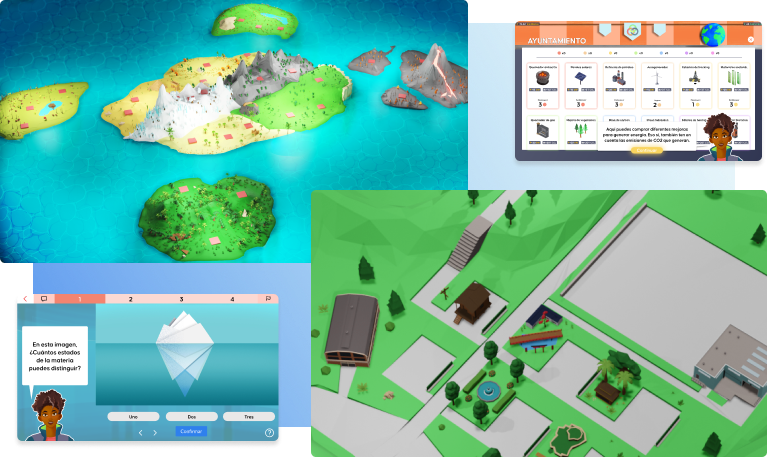
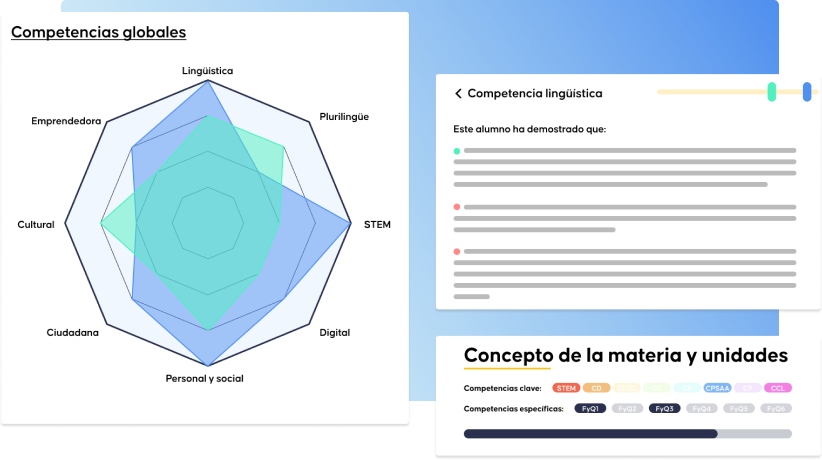
SimEnergy
Society
SimEnergy is a project created by a group of students of the Energy Transition and Artificial Intelligence track from the Honors Academy of the Eindhoven University of Technology.
Our mission is to develop an algorithm for smart meters that disaggregates the energy consumption of households and small offices into the appliance level.
It has been found from research that the monitorization of energy consumption by individual devices and offering real-time data to consumers is highly effective to bring consumption/behavioural changes as well as better operational strategies for energy stakeholders. This allow a reduction in unnecessary expenditure in the residential sector, taking a step towards energy transition.
SimEnergy holds a vision to use the potential of data analytics and artificial intelligence to simulate the raw data from Smart Meters into useful visuals and insightful information for more efficient appliance usage, as it provides the opportunity to save up to 20-30% of energy, as well as adding societal and financial value to the customer’s experience.
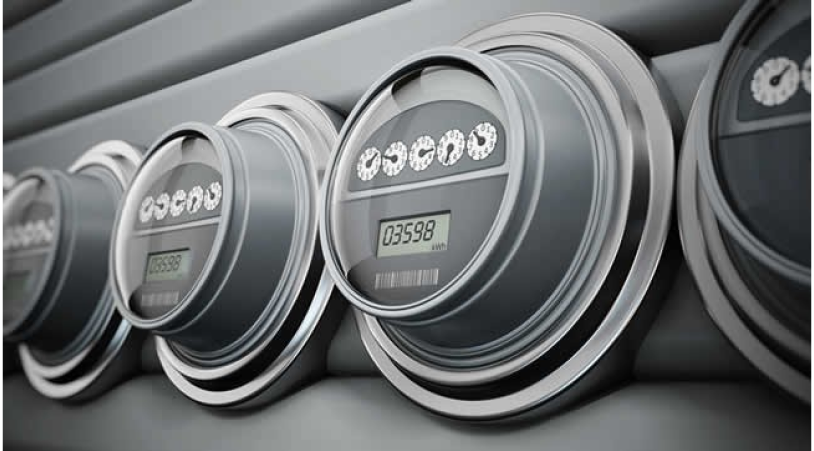
InCharge
Industry
InCharge is a TU/e Honors Academy student team in the energy transition track that focuses on implementing dynamic wireless charging in logistic sectors.
Warehouses are demanded to operate at a faster and faster rate every day
The most advanced machinery used to automate these are automated guided vehicles (AGVs), which have proven effective in optimizing these centers. But at what cost? These machines use big batteries and long charging periods.
Now imagine if these machines worked 24/7, where they can charge themselves wirelessly. That’s the vision of dynamic wireless charging.
This technology would charge the vehicles while moving, with coils. They would not need to be stopped to be charged, increasing productivity. Our preliminary analysis (using real data from warehouses) has shown that dynamic wireless charging increases the productivity of the products delivered by 10% per hour.
In addition, using this technology, the companies would need fewer AGVs in total and the batteries of these could be reduced, decreasing the environmental impact of the whole logistics sector.
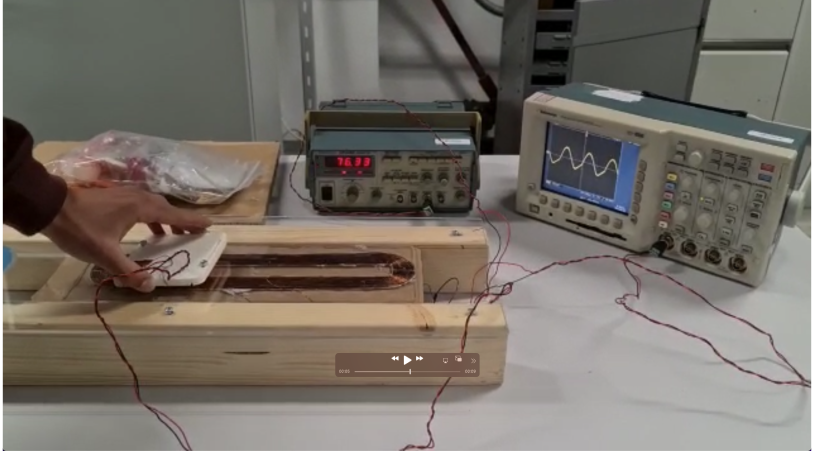
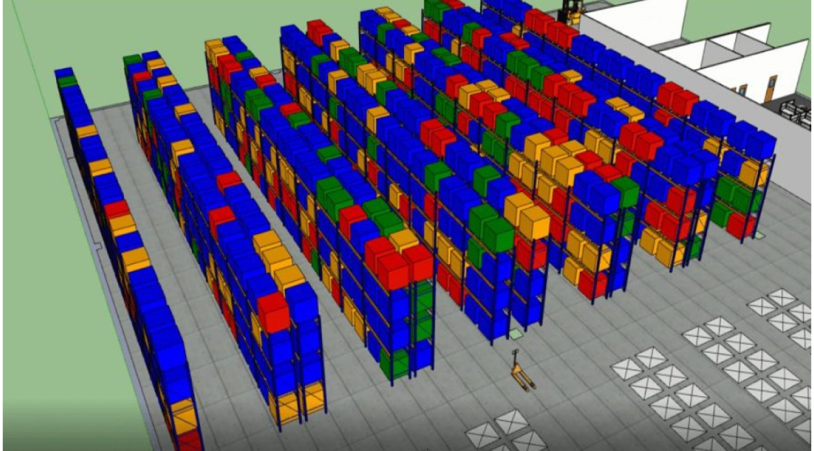

The Atlas project (Complete)
Society
The Atlas project kickstarted the creation of RED. The project consisted of an interface that acted as a digital twin of the microgrid in the TU/e campus.
This interface could simulate the impact different energy technologies would have to allow decision makers to chose the best options for the campus.
The digital interface is a medium to show the results of the calculations of the model in a neat and user-friendly manner. Since the physical model needs to be used by both stakeholders and people who use the campus, the interactions must be both informative, to support decision making, and entertaining, to invite passers-by to learn more about the energy grid of the campus. The interface is the link between the backend data model and the user.
The data model is intended to easily calculate changes in the energy system. The software uses building specification and electricity sensors data that we get from the university, as well as local weather data. The model can simulate the placement of energy assets of three different categories; generation, storage and sinks; and will then calculate the effect of these additions. The data model evaluates the impact by calculating the Net Present Value (NPV) and CO₂ savings within a certain timeframe. This is then used to give the average CO₂ savings per euro invested.


Want to get in touch? – Book a meeting
©2023 All rights reserved to Stichting Team RED
KVK Number – 74514822 D
